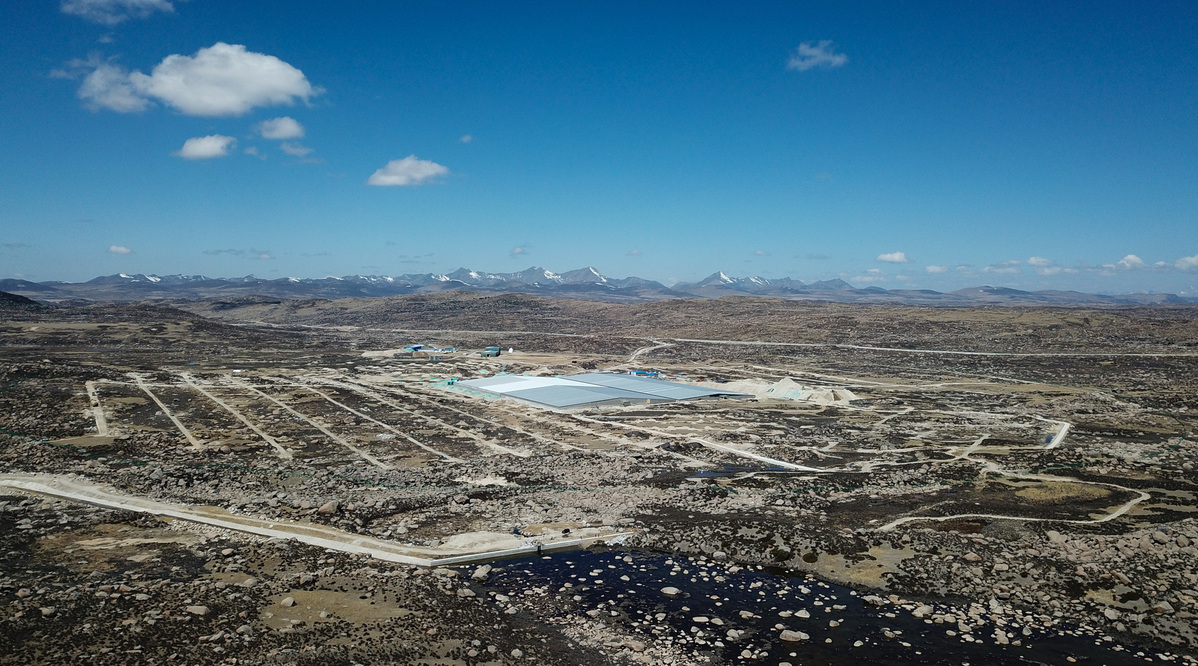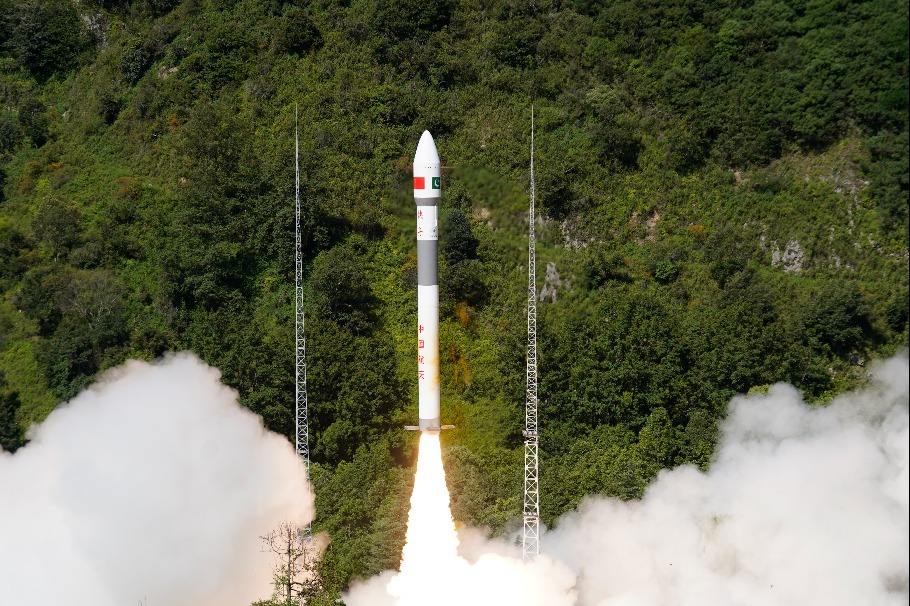Chinese scientists' pursuit of cosmic rays opens windows on universe


BEIJING -- In the wilderness of Daocheng, Southwest China's Sichuan province, 4,400 meters above sea level, Chinese scientists are constructing a cosmic ray observation station on an area equivalent to 200 soccer fields.
Huge rocks left from the Ice Age have been blasted. Different detectors are being installed to form a huge "net" to catch the particles generated by cosmic rays in the atmosphere, to help scientists study both the micro and the macro worlds in the universe.
Three huge underground pools, more than triple the size of the Water Cube (National Aquatic Center) in Beijing, will hold detectors to collect high-energy photons generated by remote celestial bodies. Beside the pools, 12 telescopes will be erected to conduct high-precision measurement of cosmic rays with the highest energy.
Construction of the first half of the observation station, known as Large High-Altitude Air Shower Observatory (LHAASO), is due to be finished at the end of this year, and the whole project completed at the end of 2020, said Cao Zhen, chief scientist of LHAASO and a researcher at the Institute of High Energy Physics (IHEP) of the Chinese Academy of Sciences.
The main objective of LHAASO is to search for the origin of cosmic rays, and study their acceleration and transmission mechanisms, said Cao.
- PLA celebrates 98 years, vows strength and readiness
- Fun on tap: Qingdao beer tent vibes
- German youngsters experience Torch Festival in Yunnan province
- Free nucleic acid screening for Chikungunya fever launched in Foshan township
- UN officials visit Fudan University to promote AI cooperation
- Beijing's Miyun Reservoir working smoothly despite record inflow of water





































